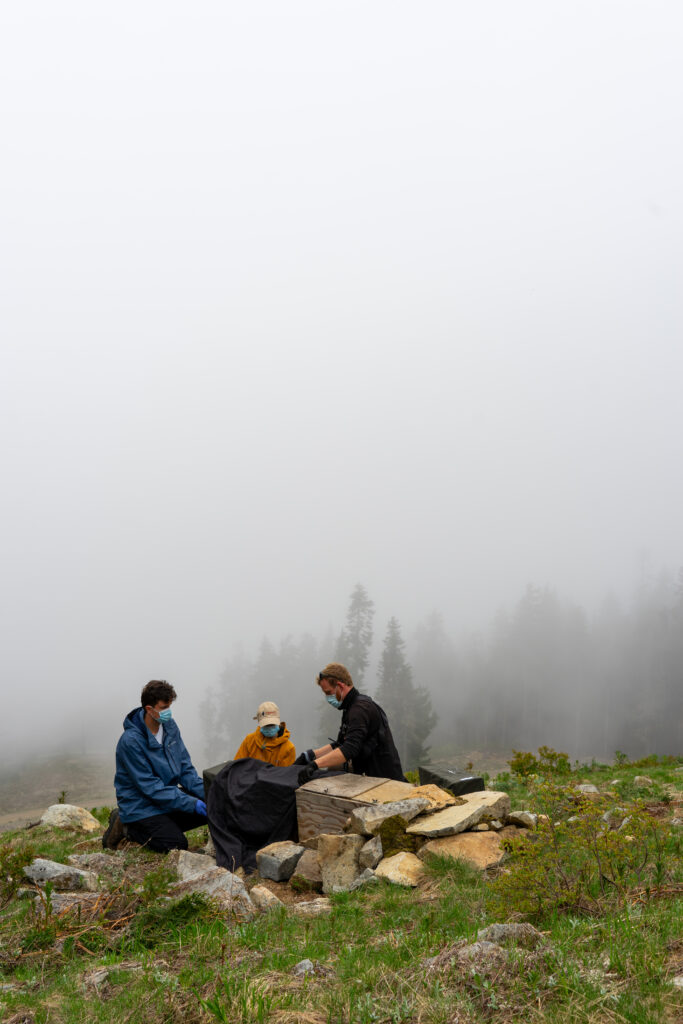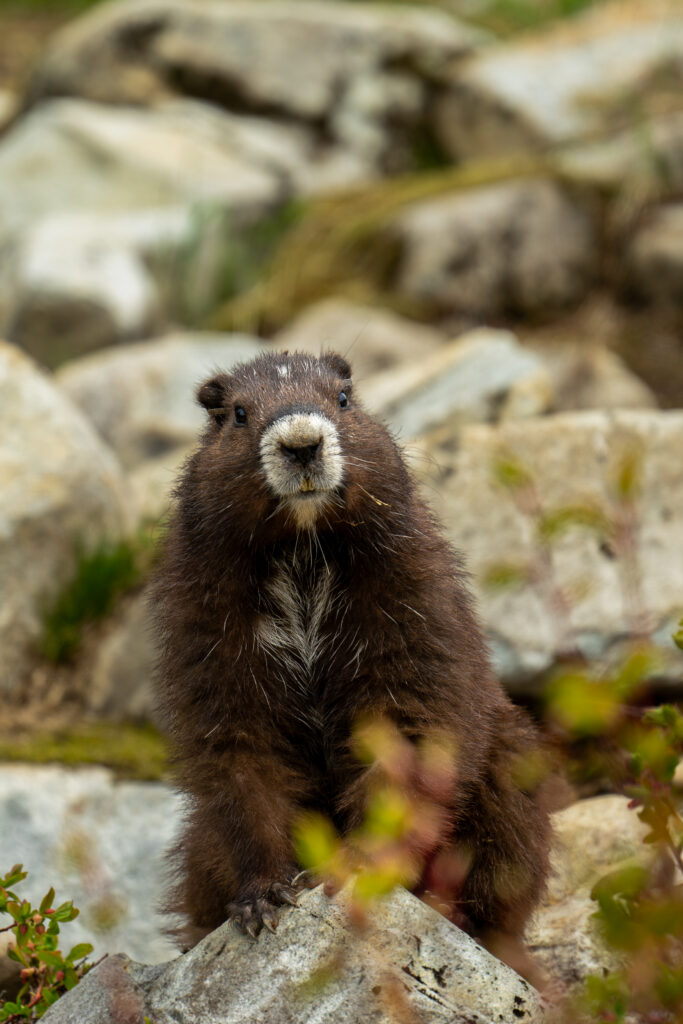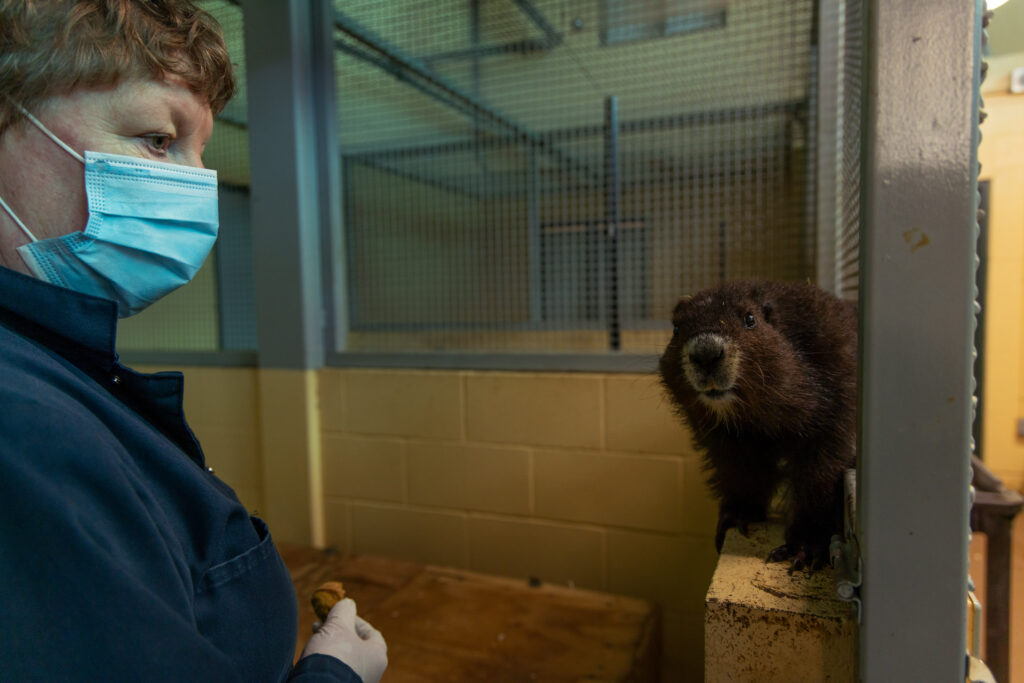SAVING A SPECIES. ONE ANIMAL AT TIME.
What we do
The mission of the Marmot Recovery Foundation is to recover the wild population of the Vancouver Island Marmot. We are one among a number of partners and stakeholders participating in the marmot’s recovery. Other partners include the Province of B.C., landowners Mosaic Forest Management, and Mount Washington Alpine Resort, and the Recovery Team.
Within this partnership, the Foundation supports the implementation of the recovery objectives as established by the Recovery Team and the Recovery Plan through the support of the field team, Mount Washington Tony Barrett Marmot Recovery Centre, research, public awareness, and fundraising programs. In effect, the Foundation delivers the on-the-ground work component as well as funding to support the marmot’s recovery.



Our small team of wildlife biologists and animal care staff have the big task of raising and caring for marmots at the Tony Barrett Mount Washington Marmot Recovery Centre, releasing marmots to the wild, providing supplemental food to the wild population, restoring marmot habitat, monitoring the wild population, and reporting on the status of the Vancouver Island marmot’s recovery.
Delivering action to save a species

Releasing marmots to the wild
Each summer we release marmots that were born the previous year in the three conservation breeding programs to the wild. Through these releases, we have reestablished a population in Strathcona Provincial Park, Clayoquot Plateau Provincial Park, and increased the number and health of the Nanaimo Lakes colony.

Translocations
Translocating marmots, often from inappropriate habitat, increases genetic exchange in the small and widely dispersed population, and provides a lifeline to small, remote colonies where an extra marmot might make all the difference.




